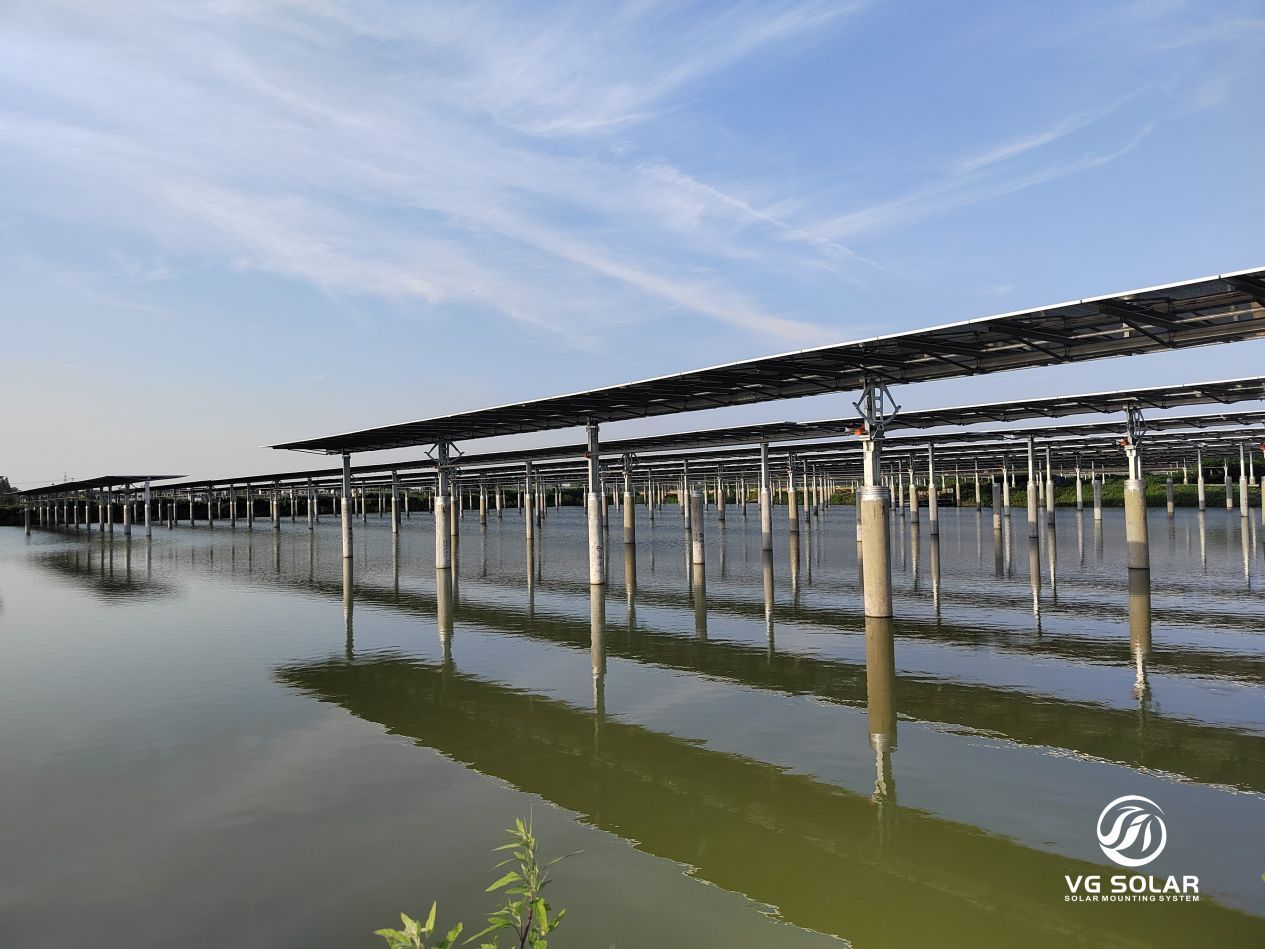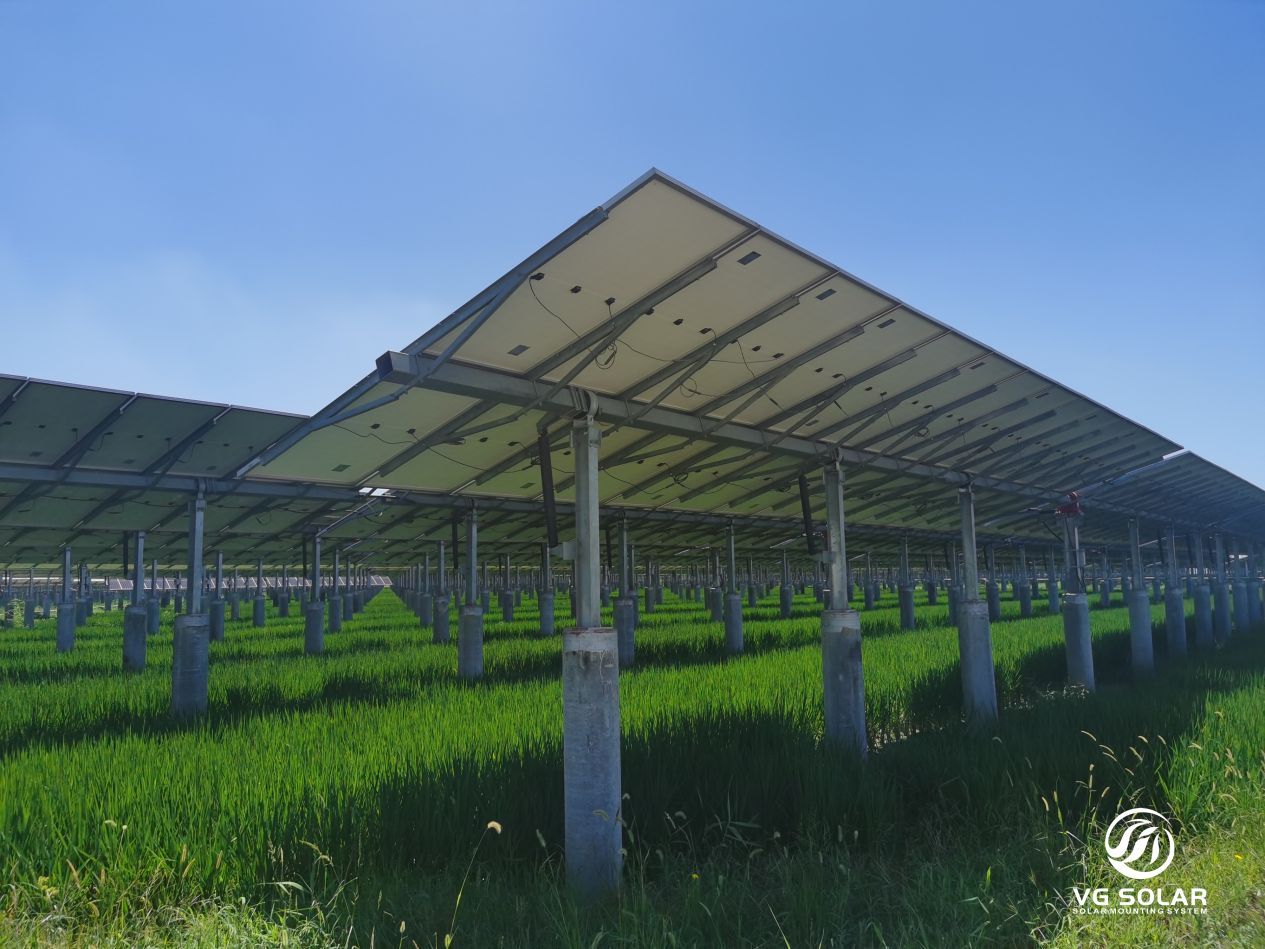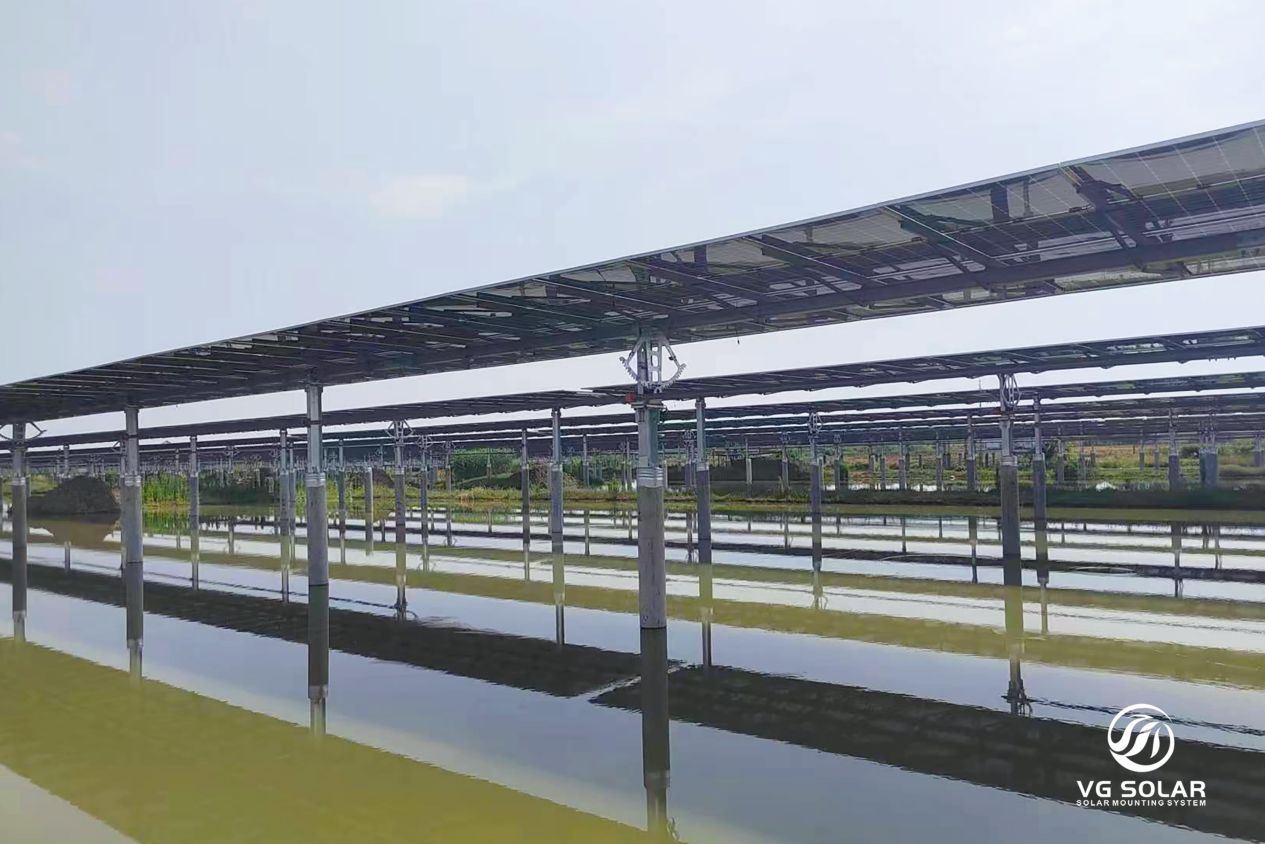In today’s era of rapidly evolving technology, the need to increase efficiency and reduce costs has become a pressing concern for various industries around the world. One innovation that has shown great potential in meeting this need is the tracking mount combined with an independent motor system. This combination has not only changed the way solar panels track the sun, but has also paved the way for inevitable industrial iterations.
Before we get into the details, let’s take a look at what solar tracking means in the world of renewable energy. Solar panels have long been touted as a sustainable alternative to traditional energy sources. However, their efficiency is largely dependent on the amount of sunlight they receive at any given time. This is where solar tracking systems come in.
Traditionally, solar panels are mounted in such a way that they cannot capture the maximum amount of sunlight throughout the day. This limitation has led to the development of tracking systems that can tilt or rotate the panels according to the position of the sun, optimising their potential for energy use. These systems were initially based on mechanical or hydraulic principles, but were limited in their ability to accurately track the sun in real time.
Track mounts with independent motor systems are a game changer in the solar industry. This innovative combination takes advantage of the available growth headroom in solar tracking, significantly reducing costs and increasing efficiency. By combining intelligent algorithms, sensors and real-time data analysis, the independent motor system ensures precise and continuous tracking of the sun’s movement.
One of the key benefits of tracking mounts with independent motor systems is their ability to adapt to a variety of environmental conditions. Whether it’s an overcast day, changing weather patterns or even the presence of shadows, the system dynamically adjusts the position of the panels to maximise solar energy capture. This high degree of adaptability not only ensures uninterrupted power generation, but also increases the lifetime and reliability of the entire system.
Another significant benefit is the reduced cost associated with this iteration of innovation. The self-contained motor system eliminates the need for extensive cabling and complex mechanical parts found in traditional solar tracking systems. This simplification simplifies the manufacturing process, resulting in lower costs without compromising quality. In addition, the precise tracking facilitated by this combination ensures optimum energy utilisation, resulting in further cost savings.
Tracking mounts with independent motor systems offer room for growth beyond the reach of solar power. Its adaptability and high-precision tracking capabilities make it a valuable asset in a variety of industries. In agriculture, for example, the technology could be used to efficiently position crop irrigation systems or optimise the operation of greenhouse roofs. In the construction industry, it can help move and align heavy machinery. The possibilities are endless, as is the potential for future applications.
Tracking mounts with independent motor systems are an inevitable industrial iteration as the demand for sustainable energy solutions continues to grow. Its ability to reduce costs, increase efficiency and adapt to changing environmental conditions makes it a game changer in the renewable energy sector. With continued development and research, we can expect this technology to evolve even further, opening up new possibilities and shaping a greener, more sustainable future.
Post time: Aug-10-2023



